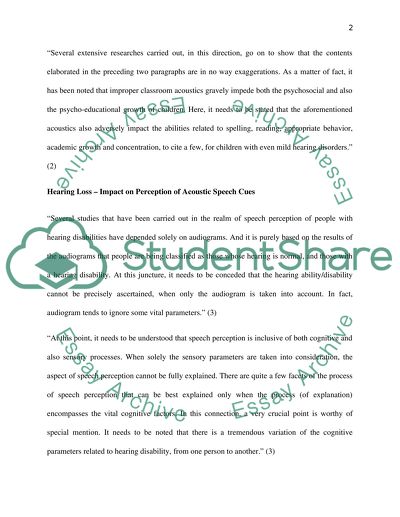Cite this document
(“Class room acoustics Essay Example | Topics and Well Written Essays - 1250 words”, n.d.)
Retrieved from https://studentshare.org/literature/1424651-class-room-acoustics
Retrieved from https://studentshare.org/literature/1424651-class-room-acoustics
(Class Room Acoustics Essay Example | Topics and Well Written Essays - 1250 Words)
https://studentshare.org/literature/1424651-class-room-acoustics.
https://studentshare.org/literature/1424651-class-room-acoustics.
“Class Room Acoustics Essay Example | Topics and Well Written Essays - 1250 Words”, n.d. https://studentshare.org/literature/1424651-class-room-acoustics.


